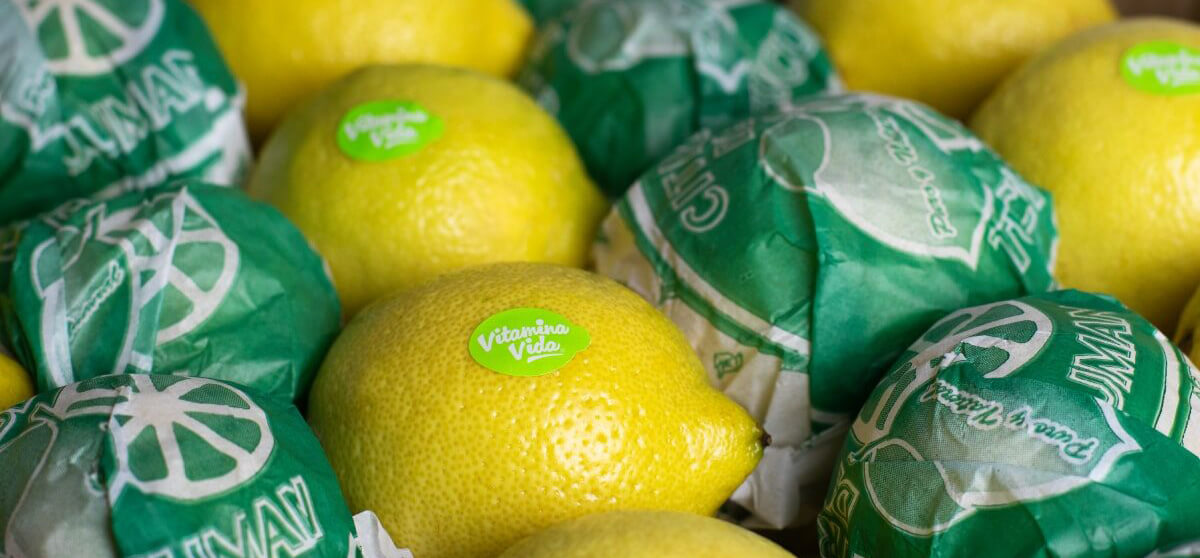Argentina is among the main fruit producing countries worldwide. It is the second producer of pear, only surpassed by China. In the case of the apple, it ranks 15th among the countries that grow this species.
Apple production is framed in the regional economies and is located in the Alto Valle de Río Negro with 14,303 ha., followed by the Province of Neuquén with 2,889 ha. A smaller percentage is located in Mendoza, 842 ha. and other regions, making up a total of 18,034 ha production area. It is estimated that 2,000 producers carry out cultivation.

Nearly 550,000 tons of apples are produced. 30% of the production is for industry and 70% for the fresh fruit market. Of these percentages, 19% of the Argentine apple production is exported and around 51% goes to the domestic market.
Varieties of Apples produced
Regarding apple varieties, the main one is Red Delicious and its clones, with 65% of the total production area, followed by Granny Smith (13%) and Royal Gala (12%). In recent years, “Club” varieties such as Pink Lady have gained significant participation in the international market, which represents 5% of the cultivation area in the country.

Packaging and conservation
Once harvested, the fruit arrives at the packing plants, where it is kept in cold Bins until the moment of packing, classification and subsequent sale. The lower quality fruit, due to defects in color or bruises, called discarded, is destined to the industry. The apples are sorted based on colour, size and quality and then packed. Storage in cold rooms allows regulating the production that enters the packing sheds and goes to the market in the off-season.
Production destinations
The external market is fundamental for the sector since the totality of the production widely exceeds the The foreign market is essential for the sector since the totality of the production far exceeds the demand for local consumption. Argentina exports more than 100,000 tons of fresh apples, which are distributed to more than 40 international markets, including: United States, European Union and Brazil.
Source: www.argentina.gob.ar/sites/default/files/sector-frutales-de-pepita-oct-2020.pdf
Original publication in the month of October 2020.



